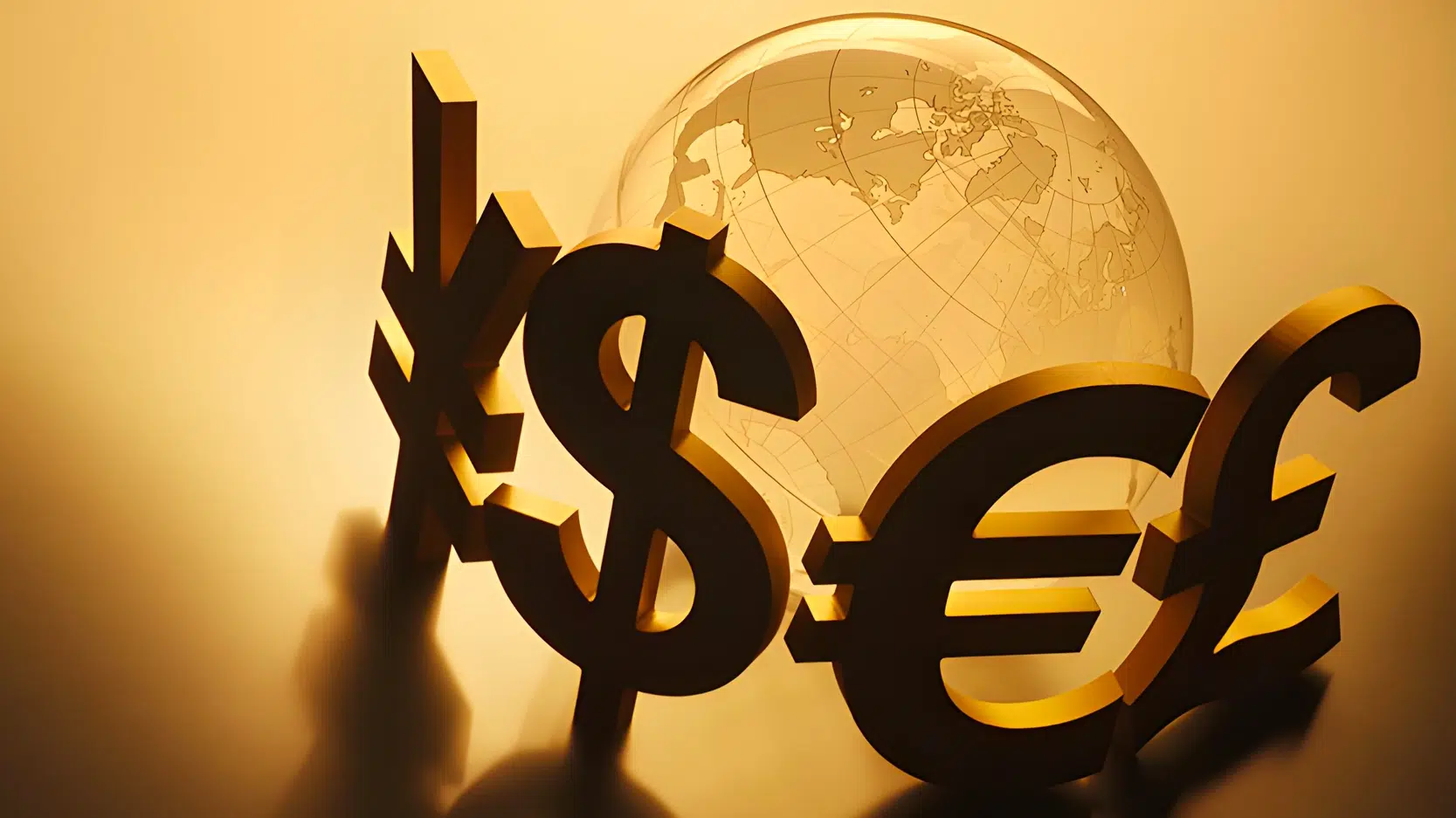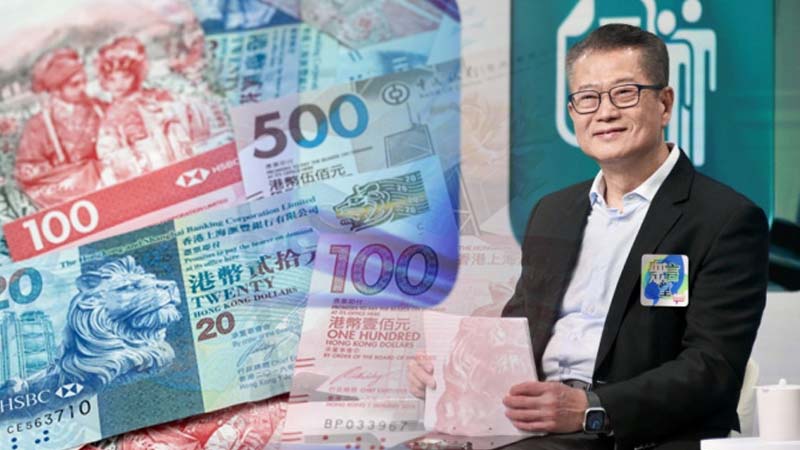What Are Forex Futures? A Complete Guide to Trading Rules, Margins, and Differences from Forward Contracts
Want to Master the Forex Market? You Can’t Ignore This Professional Tool: “Forex Futures”!
Hey, I’m Cashbackisland! Navigating the world of investment, you’ve probably heard of stocks and funds, and maybe even dabbled in forex margin trading. But if you want to take your trading arsenal to the next level, you absolutely must get to know “forex futures.” Many people get intimidated just by hearing the word “futures,” thinking it’s a realm reserved for the absolute experts.
Don’t worry! In this article today, I’ll use the most down-to-earth approach to help you grasp the core concepts of forex futures trading. We’ll cover what they are, how to trade them, and how they differ from their similar cousin, “forward contracts,” so you’re no longer lost in the fog. Once you understand them, whether you’re looking to hedge currency risk for your company or seeking profit opportunities in market volatility, you’ll have a powerful new tool at your disposal!
💡 Recommended Article
Not yet familiar with forex trading? We recommend reading this first
💡 Forex Futures in a Nutshell:
It’s like being in a public market (an exchange) where you agree with everyone to buy or sell a standardized batch of imported fruit (foreign currency) on a specific day three months from now, at a price locked in today. The prices are public and transparent, fair for all!
The Core Rules of the Game for Forex Futures: Understand Three Key Features at a Glance
Forex futures have become a favorite tool for professional traders and large institutions, mainly due to three “hardcore” features. Understand these three points, and you’ve grasped 80% of the essence.
Feature 1: Transparent “Exchange” Trading
Imagine you’re going shopping. One option is a brightly lit supermarket with clearly marked prices; the other is a back-alley shop where you have to haggle one-on-one with the owner. Forex futures are the former!
All trades are conducted on well-known public exchanges like the Chicago Mercantile Exchange (CME). Every quote and every transaction is visible to the market. This means high transparency and fairness, reducing the risk of manipulation by a single institution.
Feature 2: “Standardized Contracts” for Everyone
In the futures exchange, there’s no such thing as “customization.” All trading contracts are like products off an assembly line, with identical specifications. This is “standardization.”
- Currency Pair: The specific currency pairs are defined, such as Euro vs. US Dollar (EUR/USD) or Japanese Yen vs. US Dollar (JPY/USD).
- Contract Size: Each contract (or “lot”) represents a fixed amount of foreign currency. For example, one CME Euro futures contract is for 125,000 Euros.
- Expiration/Delivery Date: The contract expiration dates are clearly scheduled (usually in March, June, September, and December).
The benefit of standardization is excellent liquidity! Since everyone is trading the same product, if you want to buy, there’s a seller, and if you want to sell, there’s a buyer. It’s hard to get stuck in a position you can’t exit.
💡 Recommended Article
Want to delve deeper into the mysteries of liquidity and volatility? Please refer to
What Are Liquidity and Volatility? How to Master the Market’s Pulse?
Feature 3: The “Margin System” for Leveraging Small Capital
This is the most alluring and dangerous aspect of futures—leverage. You don’t need the full value of the contract. You only need to deposit a “forex futures margin” (usually a few percent of the contract’s total value) to start trading.
For example, to trade one futures contract worth 125,000 euros, you might only need a few thousand dollars in margin. This greatly increases capital efficiency, but remember, leverage is a double-edged sword; it magnifies both your profits and your losses. Before you start, make sure you can handle the risk and have solid capital management in place!
Forex Futures vs. Forward Contracts: What’s the Difference That Even Veterans Get Wrong?
Many people confuse forex futures with “forward contracts.” They have similar functions (both are agreements for a future transaction), but they are fundamentally different. I’ll use a table to make it instantly clear!
| Comparison | Forex Futures | Forward Contracts |
| Trading Venue | Centralized public exchange (e.g., CME) | Over-the-counter (OTC) between banks and clients |
| Contract Specification | Standardized (amount, date are fixed) | Customized (can be tailored to needs) |
| Liquidity | High, easy to buy, sell, and close positions | Low, usually held until expiration |
| Credit Risk | Very low (guaranteed by the exchange’s clearing house) | Higher (depends on the counterparty bank’s credit) |
| Price Transparency | High (public market quotes) | Low (one-on-one negotiation) |
| Suitable For | Retail investors, speculators, small to medium-sized enterprises | Large corporations and banks with specific hedging needs |
Who is Best Suited for Trading Forex Futures? Two Practical Application Scenarios
Enough with the theory, let’s get practical. Who actually uses forex futures?
Application 1: The “Hedging” Tool for Importers and Exporters
Suppose you’re the owner of a high-tech company in Taiwan that imports a batch of chips from the US worth $1 million, with payment due in three months. What’s your biggest fear? Of course, it’s that the Taiwan dollar will depreciate significantly against the US dollar in three months! A cost you projected to be NT$31 million could become NT$32 million, an extra NT$1 million out of nowhere, which is a painful loss.
In this situation, you can “buy” an equivalent amount of US dollar futures contracts in the futures market to lock in the exchange rate for three months later. This way, no matter how the market rate fluctuates, your foreign exchange cost is fixed. This is the most classic “currency hedging” operation.
Application 2: A “Directional Trading” Paradise for Speculators
The other group of people are traders who simply want to profit from currency fluctuations. If you strongly believe the Euro will appreciate against the US dollar in the future, you can directly “buy” EUR/USD futures. If the market moves as you expect, you can buy at the lower locked-in price in the future and sell at the higher market price, pocketing the difference. Conversely, if you’re bearish, you can “sell” futures.
Thanks to the leverage effect of margin, even small fluctuations in the exchange rate can create significant returns (or losses!). For speculators seeking high returns, this is undoubtedly a field full of opportunities.
Forex Futures Frequently Asked Questions (FAQ)
Do I need a lot of money to trade forex futures?
Not necessarily. Because of the margin system, you don’t need the full value of the contract. The entry barrier is relatively low, but the key is that you must have enough “extra” funds in your account to handle margin calls due to market fluctuations. This is the cornerstone of risk management.
Do forex futures expire? What happens upon expiration?
Yes, all futures contracts have an expiration date. However, over 98% of traders do not wait until the last day for physical delivery (actually exchanging a pile of foreign currency). They will “close their position” before expiration by making an opposite trade (selling if they originally bought, or buying if they originally sold) to settle the profit or loss.
Can I actually receive the foreign currency?
Theoretically, yes. This is called “physical delivery.” However, the process is very complicated and unnecessary for the average investor. The vast majority of participants are only in it to earn a spread or to hedge, not because they actually need the physical currency.
💡 Recommended Article
Want to delve deeper into the mysteries of margin and leverage? Please refer to
How are forex futures different from forex margin (CFDs)?
That’s a great question! Simply put: Forex futures are standardized products traded on a “public exchange,” similar to buying and selling stocks on a stock exchange. Forex margin (or CFDs) is an “over-the-counter (OTC)” transaction between you and a broker. The contracts are more flexible, but the transparency and regulatory oversight are not as strong as with futures. To learn more, you can refer to our CFD tutorial article.
Cashbackisland Summary
In summary, forex futures are a powerful, highly standardized, and transparent financial instrument. They serve as both a shield for businesses to hedge against currency risk and a sword for professional traders to seize market opportunities. ⚔️
While the margin system offers the allure of high leverage, it comes with corresponding risks. Before you invest real money, be sure to thoroughly understand the rules of the game and have a solid plan for capital and risk management. Remember, in the investment market, surviving is more important than making huge profits!
Disclaimer: The content of this article is for educational and informational purposes only and does not constitute any investment advice. All financial instrument trading involves risk, and traders should assess their own situation and bear all risks. Past performance is not indicative of future results.
Related Articles
-
As the announcement of the 2025 Budget on February 26, 2025, approaches, Hong Kong society is closely watching how the government will balance the need for relief measures with structural reforms amidst the pressure of its HK$680 billion fiscal reserves. Financial Secretary Paul Chan Mo-po's recent emphasis on "precision in...2025 年 10 月 11 日
-
The Hong Kong Securities and Futures Commission (SFC) officially granted operating licenses to two cryptocurrency trading platforms—PantherTrade and YAX—on January 27, 2025, further promoting the compliant development of Hong Kong's crypto market. Since launching its licensing program in mid-2024, the SFC has issued licenses to seven Virtual Asset Trading Platforms...2025 年 10 月 11 日
-
As the U.S. Consumer Price Index (CPI) for January exceeded expectations, market forecasts for the Federal Reserve's future monetary policy shifted, causing the U.S. Dollar Index to rise rapidly and leading to a pullback in gold prices. However, despite this pressure, the gold market still shows potential for growth, primarily...2025 年 10 月 11 日












